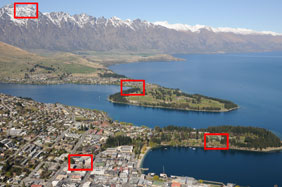Nikon D300s
-
-
Written by Gordon Laing
Real-life RAW resolution - Nikon D300s vs Canon EOS 50D
Nikon D300s RAW results : Real-life resolution / High ISO Noise vs EOS 50D
Nikon D300s with Nikkor AF-S 16-85mm VR |
Canon EOS 50D with Canon EF 24-105mm f4.0L IS | |
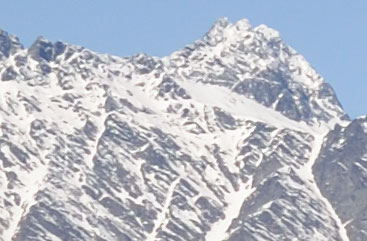 | 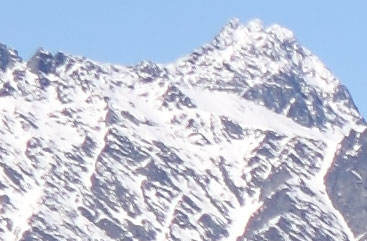 | |
f8, 200 ISO |
f8, 100 ISO | |
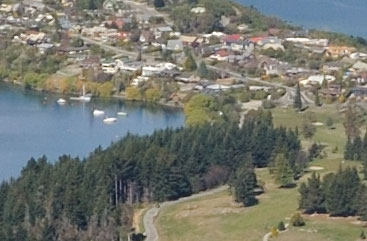 | 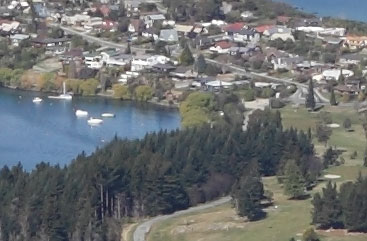 | |
f8, 200 ISO |
f8, 100 ISO | |
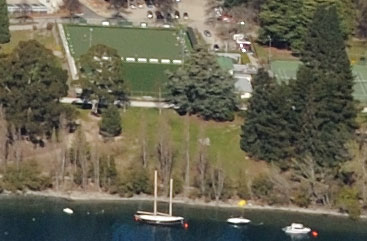 | 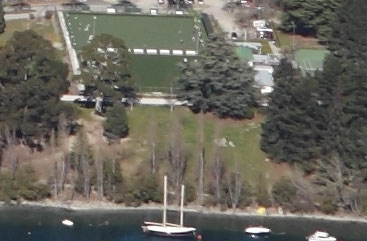 | |
f8, 200 ISO |
f8, 100 ISO | |
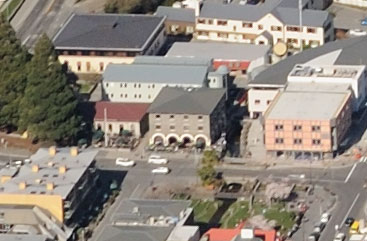 | 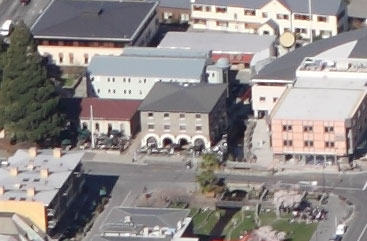 | |
f8, 200 ISO |
f8, 100 ISO |
Nikon D300s RAW results : Real-life resolution / High ISO Noise vs EOS 50D
|
|
Note, we will supplement this page with results comparing the D300s against the Canon EOS 7D once final production samples are available.
Active D-Lighting and the Auto Lighting Optimiser were both disabled for this test. The exposures below were identical, with the D300s metering 1/640 at f8 / 200 ISO and the 50D metering 1/320 at f8 / 100 ISO.
Both cameras were set to RAW mode, with their respective software used to perform the conversions here: Nikon’s Capture NX 2.2.2 (not supplied) and Canon’s Digital Photo Professional 3.6. We started with their default settings (with CA correction), but noted a significant difference in image processing strategies.
By default the D300s opted for an unusually consumer-friendly approach with relatively high sharpening, saturation and contrast for its in-camera JPEGs and RAW files (processed using Capture NX’s default settings). In contrast, the EOS 50D opted for a much more restrained approach, with both in-camera JPEGs and processed RAW files coming across as quite soft and muted in comparison.
While this in itself is an interesting difference, it makes more sense here to attempt a closer match in processing to compare resolved detail. So with this mind we boosted the sharpening from three to five in Digital Photo Professional. This has brought the EOS 50D crops below much closer to those from the Nikon, although they still have lower contrast and saturation.
There’s three Megapixels difference between the two bodies here, in the favour of the Canon EOS 50D, but using the default settings or an average lens, you’re unlikely to notice much difference. Equip the 50D with a decent lens though and apply greater sharpening as we’ve done here, and you’ll see slightly finer details resolved.
You’ll need to look quite closely, but there’s definitely a little more detail in the buildings and around the bowling green in the second, third and fourth rows. Note, both lenses exhibited coloured fringing (especially noticeable in the first row of crops) which has been corrected during RAW processing – interestingly a little has remained on the Canon sample though.
So equip the EOS 50D with a decent lens and increase the sharpening and it’ll resolve a little more fine detail than the D300s when both are at their base sensitivities, but it can be more subtle than their relative Megapixel counts may imply. We’ll be retesting the D300s against the Canon EOS 7D when final production samples of the latter become available.
Now let’s see how the D300s compares across its sensitivity range in our High ISO Noise Results page.


